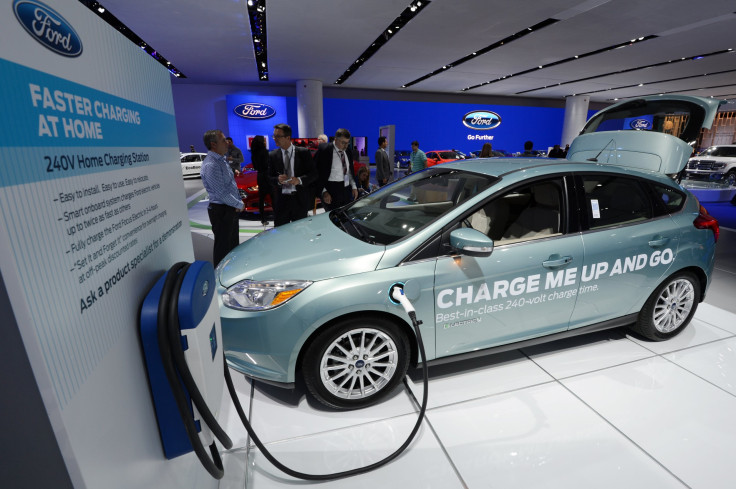The EV Future And Its Local Promise
As legislators and automakers continue to navigate the road to electrification, many are acutely aware of the need to domesticate the processing and manufacturing of electric vehicle (EV) components to secure a stable U.S. supply chain.
Just last month, the U.S. Department of Energy announced billions in funding from President Biden's Bipartisan Infrastructure Law to prioritize more batteries and components for domestic supply chains. In addition, American automakers such as Ford and General Motors have unveiled plans for hefty investments this past year to expand U.S. EV manufacturing and battery production.
While the chief aim of these efforts is to expedite the decarbonization of the transportation sector and work toward zero emissions, reducing our reliance on foreign supply chains also has significant implications for American jobs and local economies. Accelerating the EV transition will bring previously offshore clean energy technology and jobs into the U.S., solidifying its position as a technological leader.
Many of the critical minerals used in EV batteries are currently mined internationally. Graphite, lithium, nickel and cobalt are predominantly mined in China, Australia, Indonesia and Africa, respectively. Moreover, policy incentives, cheap labor and significant investments from governments have allowed nations outside the U.S., particularly China, to lead in the processing of these minerals and tangentially benefited from strong growth in Lithium-Ion battery manufacturing and EV production.
China controlled approximately 76% of global lithium-ion cell manufacturing capacity in 2021, with the U.S. trailing behind at 8% of global capacity. Consequently, technological know-how and industry expertise in EV battery production has flourished in China, allowing Chinese companies to have a competitive advantage and serve as the leading force in the energy transition.
As a result, Chinese production is able to supply much of the local demand, allowing for cheaper prices and wider adoption by consumers. The expansion of this market has spurred economic development as well. According to one report, the number of jobs in the renewable energy vehicle sector surged by 95% in the first half of 2021 from 2020, and the average salary increased by nearly 10%.
As the U.S. looks to advance its clean energy transition and meet environmental goals, we can achieve similar economic outcomes through the domestication of the EV supply chain, the manufacture of batteries and vehicles and the build-out of the extended infrastructure needed to support EV proliferation — charging networks, service technicians and increased renewable generation.
This opportunity has the potential to benefit local economies and communities, especially those negatively impacted as a result of the shift away from fossil fuels. One report has found that the industry could add more than 150,000 jobs by 2030 if the government continues to subsidize and invest in EV components and encourage wider EV adoption, not to mention the onshoring of next-generation automotive technology and a potential automotive manufacturing boom and sense of pride the likes of which have not been seen since post-WWII.
New manufacturing plants can provide jobs over a wide array of skills, ranging from unskilled production labor to skilled mechanical work, analytics, R&D and managerial positions. Ripple effects caused by an increase in spending through these higher-quality and better-paying jobs can energize and boost the overall local economy.
As demand for electric vehicles increases, and the production of EVs and their components correspondingly grow, local economies can better reap the economic and social benefits of a cleaner economy. Through the localization of the supply chain, the energy transition represents a once-in-a-generation opportunity for automakers to revitalize, resurrect and carry communities into an EV future.
(John DeMaio is the CEO of Graphex Technologies.)

© Copyright IBTimes 2025. All rights reserved.





















